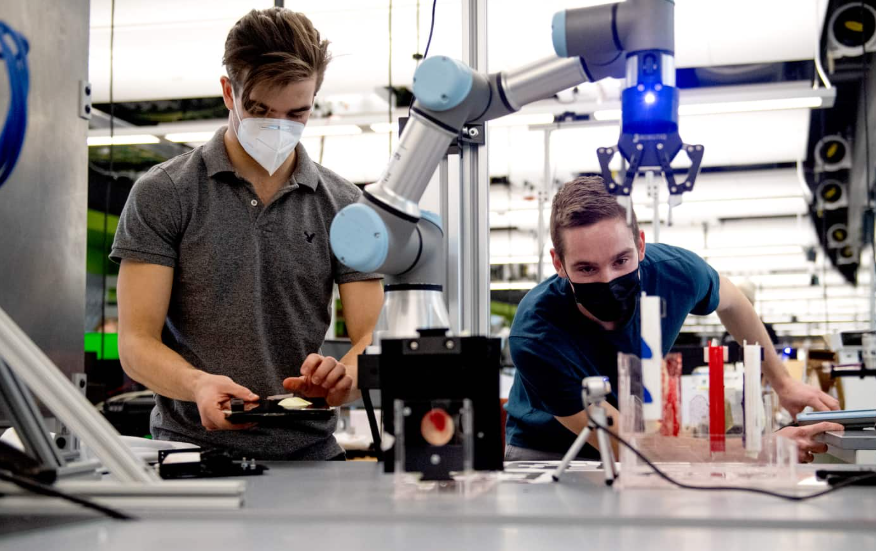The future of self-driving cars is on the brink of transformation. With advancements in sensor fusion and machine learning, these vehicles promise to enhance safety and efficiency. As regulatory frameworks improve, public acceptance is likely to rise. However, significant challenges remain, including ethical concerns and infrastructure needs. Understanding these dynamics will be crucial as society approaches a new era of autonomous transportation. What implications will this shift have on urban life and environmental sustainability?
The Technology Behind Autonomous Vehicles
While the concept of self-driving cars may seem futuristic, the technology behind autonomous vehicles is grounded in a sophisticated interplay of hardware and software.
Central to this are sensor fusion and machine learning. Sensor fusion integrates data from various sensors, enhancing perception of the environment, while machine learning algorithms enable vehicles to adapt and improve their driving capabilities, ensuring a safer, more autonomous experience.
See also: The Future of Robotic Surgery
Benefits of Self-Driving Cars
Self-driving cars offer a range of transformative benefits that extend beyond mere convenience.
These vehicles promise significant safety improvements by reducing human error, a leading cause of accidents.
Additionally, they enhance traffic efficiency through optimized route navigation and reduced congestion, allowing for smoother travel.
As a result, self-driving cars not only foster personal freedom but also contribute to a more responsible and efficient transportation ecosystem.
Challenges and Concerns
What hurdles must society overcome to fully embrace self-driving cars? Key challenges include establishing robust safety regulations that ensure technological reliability while addressing public perception, which is often tinged with skepticism.
Misinformation and fear can hinder acceptance; thus, fostering trust through transparent communication and proven safety records is essential. Overcoming these barriers will pave the way for a more liberated transportation future.
The Road Ahead: Future Predictions
As society grapples with the challenges and concerns surrounding the adoption of autonomous vehicles, attention increasingly turns to the future landscape of transportation.
Predictions suggest that effective regulatory frameworks will be crucial in fostering public acceptance.
As technology advances, a shift towards widespread integration of self-driving cars may occur, ultimately enhancing mobility options and promoting the freedom to travel without traditional constraints.
Conclusion
As the sun sets on the age of traditional vehicles, a new dawn of self-driving cars emerges, promising to weave a tapestry of safety, efficiency, and environmental harmony. With each advancing technology, the dream of liberated transportation draws nearer, inviting society to envision tree-lined streets echoing with the hum of autonomous vehicles. Yet, amidst the excitement, vigilance is essential to navigate the challenges ahead, ensuring that this journey transforms not just roads, but lives and landscapes for generations to come.




